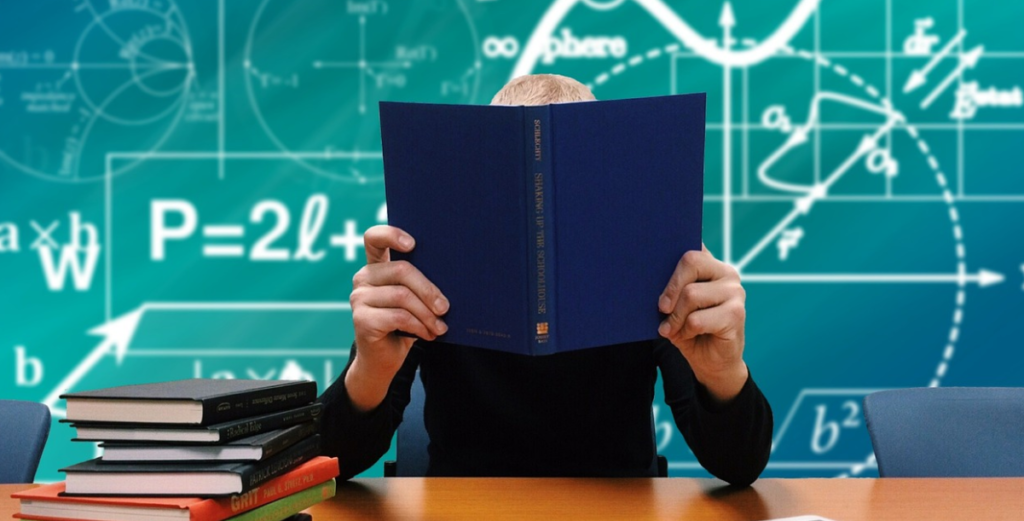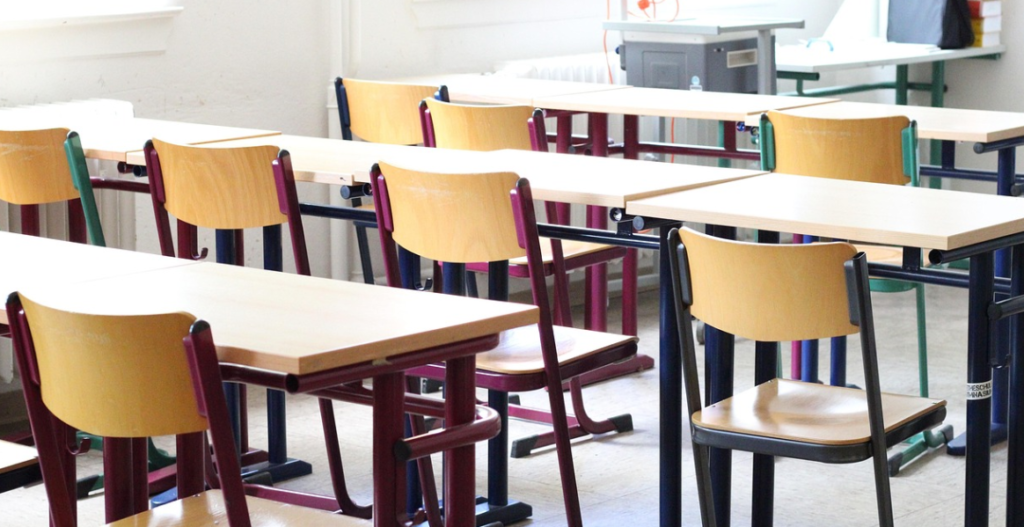In traditional education systems, failure is often seen as something to be avoided at all costs. Students are encouraged to get top grades, and mistakes are penalized rather than embraced. However, this mindset may be doing more harm than good. By shielding students from failure, we may be robbing them of some of the most valuable learning experiences. It’s time to rethink the role of failure in education and consider why it should be integrated into the curriculum.
1. Redefining Failure as a Learning Tool
Failure is a natural part of life. Whether in science, business, art, or everyday challenges, mistakes are often the stepping stones to success. When students are taught that failure is a necessary part of the learning process, they become more resilient, reflective, and innovative.
Lessons Failure Teaches:
- Resilience: Learning to bounce back after a setback builds perseverance.
- Critical Thinking: Analyzing what went wrong sharpens problem-solving skills.
- Adaptability: Adjusting approaches based on failure promotes flexibility.
- Humility and Growth: Failure reminds students that learning is ongoing and no one is perfect.
2. The Danger of a Perfection-Driven System
In many school environments, there is intense pressure to succeed, often measured by grades and test scores. This culture can lead to anxiety, fear of making mistakes, and even academic dishonesty.
Consequences of Avoiding Failure:
- Students may avoid taking risks in fear of doing poorly.
- Curiosity and creativity are stifled.
- Mental health suffers under constant pressure to succeed.
3. How to Integrate Failure into the Curriculum
Embracing failure doesn’t mean celebrating poor performance—it means creating safe, supportive spaces where students can take risks and learn from the results.
Project-Based Learning
Allowing students to design experiments, test ideas, and revise their work teaches them that the process matters more than perfection.
Reflective Practice
Encouraging students to write or speak about what they learned from their mistakes promotes metacognition and personal growth.
Grading for Growth
Using systems that value progress and effort over final results can help shift the focus from outcome to improvement.
Teacher Modeling
When educators share their own experiences with failure and what they learned, it normalizes mistakes and builds trust.
4. Real-World Relevance
Outside the classroom, failure is often a prerequisite for success. Inventors, entrepreneurs, and artists frequently fail before they find what works. Teaching students to handle failure with curiosity and confidence prepares them for the real world, where resilience and adaptability are key.
5. Conclusion
Failure should not be hidden or feared in education—it should be embraced as a vital part of the learning journey. By making room for failure in the curriculum, we help students become more resilient, reflective, and ready for the challenges ahead. In doing so, we don’t just teach them how to succeed—we teach them how to grow.


